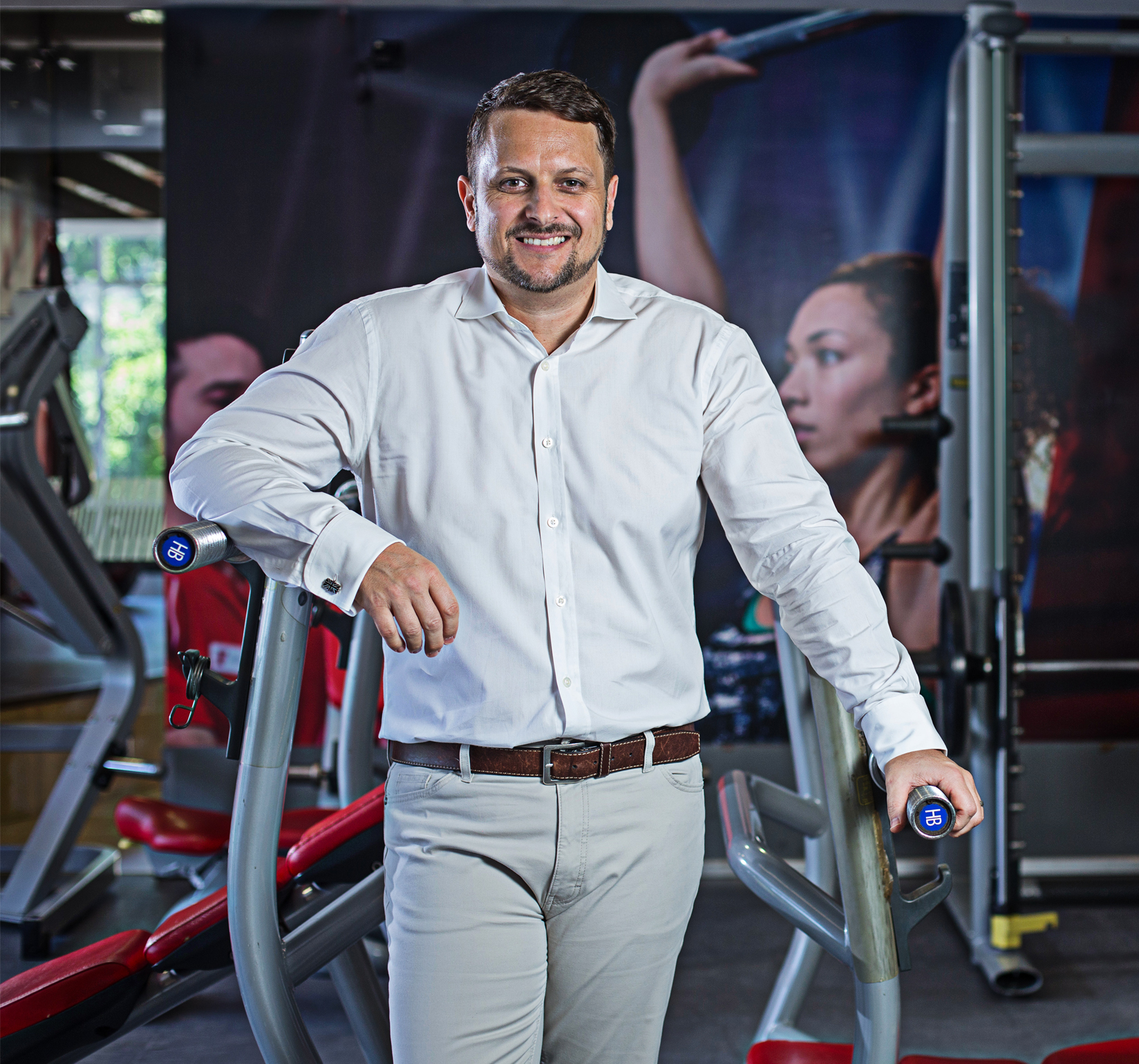From a business perspective, a subscription model is still highly desirable, due to its high visibility, the relative consistency of future revenues and the relative simplicity of automatic billing.
Having said that, providing the customer with a choice is usually the best approach, rather than just a binary buy/don’t buy decision.
Presenting good-better-best options, such as a pay-as-you-go and pre-paid, is a great way to look at it.
Dynamic yield management models are absolutely the golden chalice if they can be implemented intelligently in order for operators to generate maximum returns on investment.
In general, in Asia, where capacity restrictions still remain, the ‘effective value’ of a spot in busy times has risen significantly, so measures that reflect value through yield optimisation will be even more important.
However, at the present time, peak-time spots in central business district clubs are not as premium as before the pandemic, due to the work-from-home hybrid pattern.
It does seem illogical to offer a discount to overcome consumers’ hesitancy over safety, but we have seen evidence that it does play a part in the extrinsic motivating factors to get people back to good habits.
Some of this is born from a few operators offering very attractive price-based incentives, which tends to mean others will need to follow suit to maintain market share – in this scenario, strength of brand is a big factor in being able to hold onto yield while also driving volume.
In Asia, post-lockdown confidence is varied and seems to be lower than North America, Europe and Australia. Several factors appear to sit behind this, specifically governments placing us last in the queue to reopen, which indicated an implicit concern over gym safety, despite evidence to the contrary.
Providing the customer with a choice is usually the best approach, rather than just a binary buy/don’t buy decision
Some families live with three generations together in Asia, so there’s concern for children and especially elderly relatives. This has meant some customers have de-prioritised their return to the gym through an abundance of caution.
The relative lack of government assistance – such as furlough schemes and job-keeper programmes – also means some have tightened the purse strings for a period, compared to other parts of the world, where significant government assistance has preserved spending power to a larger degree than in Asia.
These are all challenges we have to deal with, however, pre-pandemic we undertook measures to widen our appeal, with a range of new prices and a lower entry point based on utility. This is something we’ll continue to do as we recover.
In all parts of the world we can see people placing a higher value on health, so there’s an underlying impetus which will assist the trajectory of the recovery in the coming months.
We see the recovery as a steady climb rather than a bounceback and it’s my personal hope and belief that by the second half of 2022, most markets will be adapting to live with COVID-19 and the trajectory will steepen.


























































